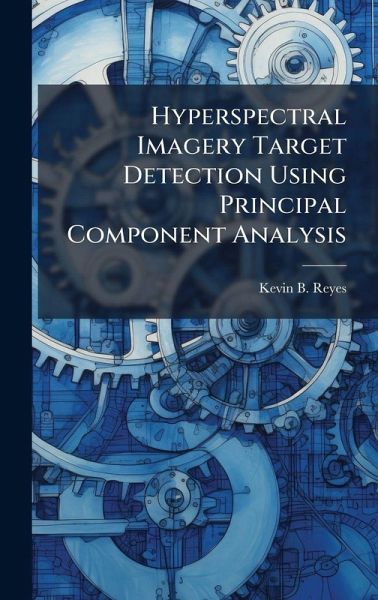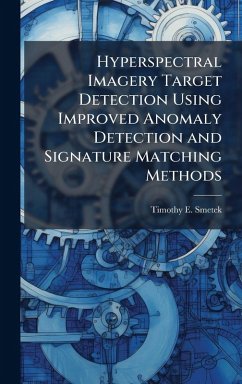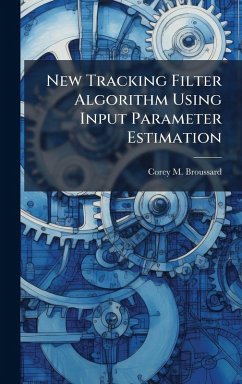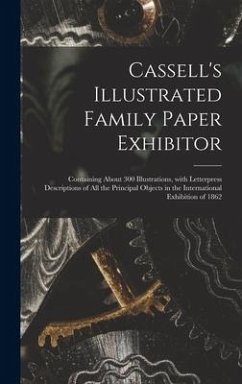
Hyperspectral Imagery Target Detection Using Principal Component Analysis
Versandkostenfrei!
Versandfertig in über 4 Wochen
27,99 €
inkl. MwSt.
Weitere Ausgaben:

PAYBACK Punkte
14 °P sammeln!
The purpose of this research was to improve on the outlier detection methods used in hyperspectral imagery analysis. An algorithm was developed based on Principal Component Analysis (PCA), a classical multivariate technique usually used for data reduction. Using PCA, a score is computed and a test statistic is then used to make outlier declarations. First, four separate PCA test statistics were compared in the algorithm. It was found that Mahalanobis distance performed the best. This test statistic was then compared using the entire data set and a clustered data set. Since it has been shown in...
The purpose of this research was to improve on the outlier detection methods used in hyperspectral imagery analysis. An algorithm was developed based on Principal Component Analysis (PCA), a classical multivariate technique usually used for data reduction. Using PCA, a score is computed and a test statistic is then used to make outlier declarations. First, four separate PCA test statistics were compared in the algorithm. It was found that Mahalanobis distance performed the best. This test statistic was then compared using the entire data set and a clustered data set. Since it has been shown in the literature that even one outlier can distort the covariance matrix, an iterative approach to the clustered based algorithm was developed. After each iteration, if an outlier(s) is identified, the observation(s) is removed and the algorithm is reapplied. Once no new outliers are identified or one of the stopping conditions is met, the algorithm is reapplied a final time with the new covariance matrix applied to the original data set. Experiments were designed and analyzed using analysis of variance to identify the significant factors and optimal settings to maximize each algorithm's performance. This work has been selected by scholars as being culturally important, and is part of the knowledge base of civilization as we know it. This work was reproduced from the original artifact, and remains as true to the original work as possible. Therefore, you will see the original copyright references, library stamps (as most of these works have been housed in our most important libraries around the world), and other notations in the work. This work is in the public domain in the United States of America, and possibly other nations. Within the United States, you may freely copy and distribute this work, as no entity (individual or corporate) has a copyright on the body of the work. As a reproduction of a historical artifact, this work may contain missing or blurred pages, poor pictures, errant marks, etc. Scholars believe, and we concur, that this work is important enough to be preserved, reproduced, and made generally available to the public. We appreciate your support of the preservation process, and thank you for being an important part of keeping this knowledge alive and relevant.







![The American Coast Pilot [microform]: Containing the Courses and Distances Between the Principal Harbours, Capes and Headlands, From Passamaquoddy, Th Cover The American Coast Pilot [microform]: Containing the Courses and Distances Between the Principal Harbours, Capes and Headlands, From Passamaquoddy, Th](https://bilder.buecher.de/produkte/65/65488/65488890n.jpg)

![The American Coast Pilot [microform]: Containing the Courses and Distances Between the Principal Harbours, Capes & Headlands, From Passamaquoddy Throu Cover The American Coast Pilot [microform]: Containing the Courses and Distances Between the Principal Harbours, Capes & Headlands, From Passamaquoddy Throu](https://bilder.buecher.de/produkte/65/65621/65621411n.jpg)


